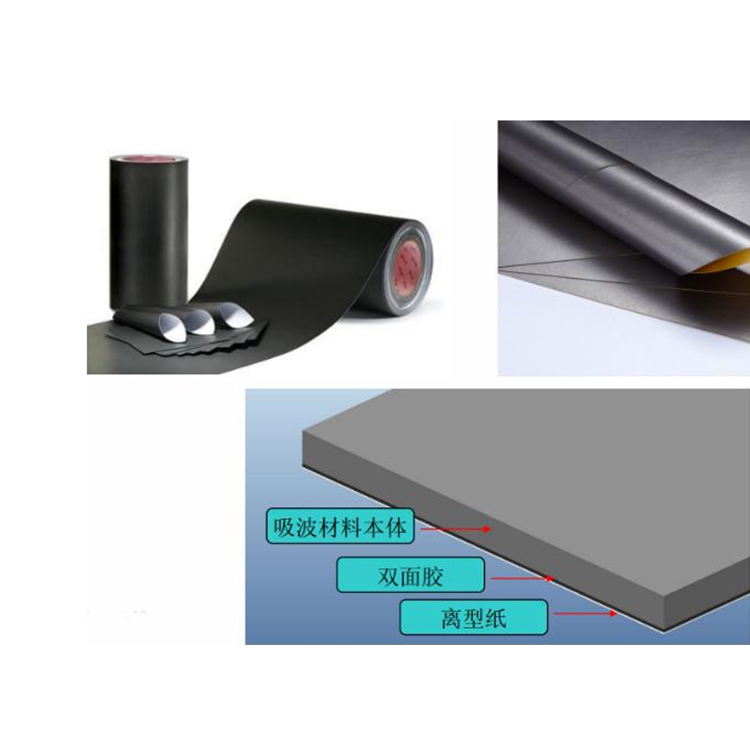

Hotline:0755-22277778
Tel:0755-22277778
Mobile:13826586185(Mr.Duan)
Fax:0755-22277776
E-mail:duanlian@xianjinyuan.cn
With the continuous development of autonomous driving technology, major countries in the global automotive industry are actively expanding into related fields, promoting the development of their own autonomous driving technology and applications through various means such as project funding, joint research and development, and promotion demonstrations. Automobiles are inseparable from high-tech technology, and autonomous driving, vehicle to vehicle communication, data connectivity, intelligent systems, and more are all changing the driving experience of cars and gradually becoming standard features. Autonomous vehicle may not be suitable for everyone, but automobile manufacturers are also actively developing other technologies to completely change people's driving experience. Obviously, the development of automobiles today needs to be combined with the Internet, new sensors, intelligent devices and systems to subvert tradition.
The battlefield of autonomous driving is also the battlefield of sensors such as radar. There are several types of radar commonly used in automobiles. In addition to laser radar, millimeter wave and ultrasonic radar have also been widely applied. Increasing the number of uses and improving performance requirements are the future development trends.

What is LiDAR?
The working principle of LiDAR is very similar to that of radar. Laser is used as the signal source, and the pulsed laser emitted by the laser hits trees, roads, bridges, and buildings on the ground, causing scattering. Some of the light waves will be reflected to the LiDAR receiver. According to the principle of laser ranging, the distance from the LiDAR to the target point can be calculated. The pulsed laser continuously scans the target object to obtain data of all target points on the target object. After imaging processing with this data, accurate three-dimensional images can be obtained. Traditional radar uses electromagnetic waves in the microwave and millimeter wave bands as carriers. Lidar uses laser as a carrier and can carry information using amplitude, frequency, phase, and amplitude as information carriers.
Advantages and application areas of LiDAR:
Lidar has the characteristics of high resolution, good concealment, strong anti-interference ability, no light interference, small size, and light weight, so it is used in various fields.
1) High resolution: Lidar operates in the optical band, with a frequency 2-3 orders of magnitude higher than microwave. Therefore, compared with microwave radar, lidar has extremely high distance resolution, angular resolution, and velocity resolution.
2) Strong anti-interference ability: The laser wavelength is short, and it can emit laser beams with very small divergence angles. The multipath effect is small (it will not form directional emission and will not produce multipath effects with microwaves or millimeter waves), and it can detect low altitude or ultra-low altitude targets.
3) Not affected by light: Lidar can perform detection tasks 24/7. It only needs to emit its own laser beam and obtain target information by detecting the echo signal of the emitted laser beam.
4) Small size and light weight: Typically, ordinary microwave radars have a large volume and a large system weight, with optical antenna apertures reaching several meters or even tens of meters. Lidar, on the other hand, is much lighter and more agile, with an appearance only in centimeters. Moreover, the structure of LiDAR is relatively simple, easy to maintain, and easier to operate.
Lidar is divided into pulse lidar and continuous wave lidar according to its working mode, mainly used for resource exploration, urban planning, agricultural development, water conservancy engineering, land use, environmental monitoring, transportation and communication, earthquake prevention and disaster reduction, and national key construction projects. The function of LiDAR is to accurately measure the position (distance and angle), motion state (speed, vibration, and attitude), and shape of targets, and to detect, identify, distinguish, and track them.
Application of electromagnetic shielding materials in radar products:
Advanced Institute (Shenzhen) Technology Co., Ltd. was founded in Shenzhen in 2016. The company has an independent research and development team, gathering numerous industry elites and leading talents in the field of new materials. It has 2 experts in the "Thousand Talents Plan" and 4 doctoral supervisors and other technical experts. Our main products include electromagnetic shielding materials and devices, thermal conductive materials and devices, and other electronic devices. We are currently a leading and innovative provider of electromagnetic shielding and thermal conductive solutions. We have established production bases in Shenzhen and Dongguan, and set up multiple offices in various regions to provide convenient electromagnetic shielding and thermal conductivity service application solutions for global customers. Used for packaging and bonding electronic components and assemblies such as liquid crystal displays (LCDs), light emitting diodes (LEDs), integrated circuit (IC) chips, printed circuit board assemblies (PCBAs), dot matrix blocks, ceramic capacitors, film switches, smart cards, radio frequency identification, etc. Shielding material is an adhesive with certain conductive properties after curing or drying. It usually consists of a matrix resin and conductive fillers, namely conductive particles, as the main components. Through the bonding effect of the matrix resin, the conductive particles are combined together to form a conductive path, realizing the conductive connection of the bonded material and shielding electromagnetic waves.

Advanced Institute (Shenzhen) Technology Co., Ltd, © two thousand and twenty-onewww.avanzado.cn. All rights reservedGuangdong ICP No. 2021051947-1 © two thousand and twenty-onewww.xianjinyuan.cn. All rights reservedGuangdong ICP No. 2021051947-2